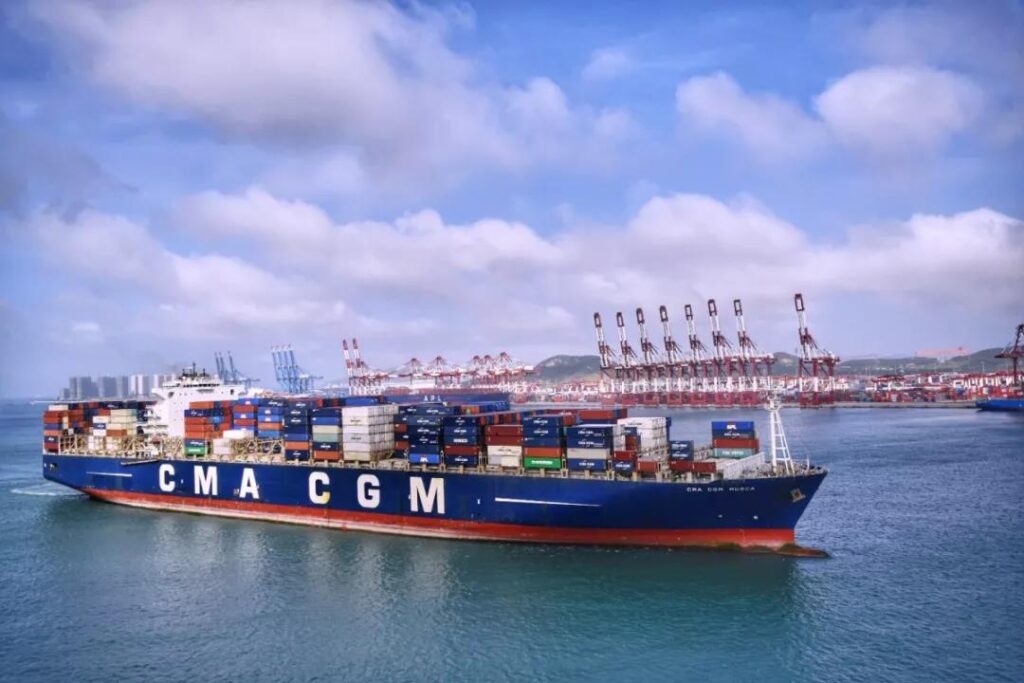When you plan to ship goods to Thailand, preparing the import declaration forms is crucial. These forms help ensure your shipment clears customs quickly and without unnecessary delays. Here’s a step-by-step guide to assist you in preparing all the required documentation for a smooth import process.
1. Understand the Required Documents
To avoid complications, you’ll need to gather all necessary documents. These typically include:
- Import Declaration Form (S.W. 1): This form provides key details about your goods, such as their descriptions, quantities, and values.
- Invoice: This document details the terms of the sale, pricing, and other transaction information.
- Packing List: This list outlines the specific contents of the shipment, including the number of boxes, weight, and dimensions.
- Bill of Lading (B/L): For sea shipments, the B/L acts as proof of the shipment.
- Airway Bill (AWB): If shipping by air, this serves as a receipt for the goods.
- Certificate of Origin: This certificate indicates where the goods were manufactured, and it can help reduce duties if there are applicable free trade agreements.
2. Work with a Logistics Firm Offering Thailand Service
If you’re unsure about how to prepare the forms or you lack time, partnering with a logistics firm offering Thailand services is a smart choice. These firms specialize in navigating Thailand’s import procedures. They ensure your paperwork is accurate and submitted promptly, helping you avoid unnecessary delays or penalties.
3. Classify Goods Using the Correct HS Code
Classifying your goods accurately is essential. Thailand relies on HS codes to determine applicable duties and taxes. The correct classification of your goods prevents mistakes that could lead to overpayment or delays in customs clearance. Consult with a customs broker or your logistics partner to ensure proper classification.
4. Submit the Import Declaration Forms Electronically
Thailand uses an Electronic Data Interchange (EDI) system for document submission. This system streamlines the customs process by reducing errors and expediting clearance. After preparing your documents, submit them online through Thailand’s customs portal or have your logistics provider handle the submission for you.
5. Pay Duties and Taxes Promptly
Once your forms are reviewed, Thai customs will assess the applicable duties and taxes on your goods. Pay them promptly to avoid delays in your shipment’s release. Many logistics companies also offer assistance in paying these fees on your behalf, making the process even more seamless.

People Also Ask (PAA)
- What is the process for declaring imports to Thailand?
The process involves completing the Import Declaration Form (S.W. 1) and submitting required documents such as the invoice, packing list, and others to Thai customs. It’s often best to work with a logistics provider for smoother processing. - Can a logistics firm help with preparing the import declaration forms for Thailand?
Yes, logistics firms can assist with completing and submitting all necessary import documents, ensuring full compliance with Thailand’s regulations and preventing delays. - How do I classify goods for import to Thailand?
Goods must be classified using the correct HS code. A customs broker or logistics partner can help with accurate classification to avoid mistakes and ensure you pay the correct duties. - How do I pay import duties and taxes in Thailand?
After submitting your import documents, Thai customs will assess your duties and taxes. You can pay these fees via Thailand’s customs portal or through your logistics provider, who may assist with the payment process. - Does Thailand have an electronic system for import declarations?
Yes, Thailand uses the Electronic Data Interchange (EDI) system, allowing you to submit your import documents electronically. This process helps speed up customs clearance and reduces human error.
